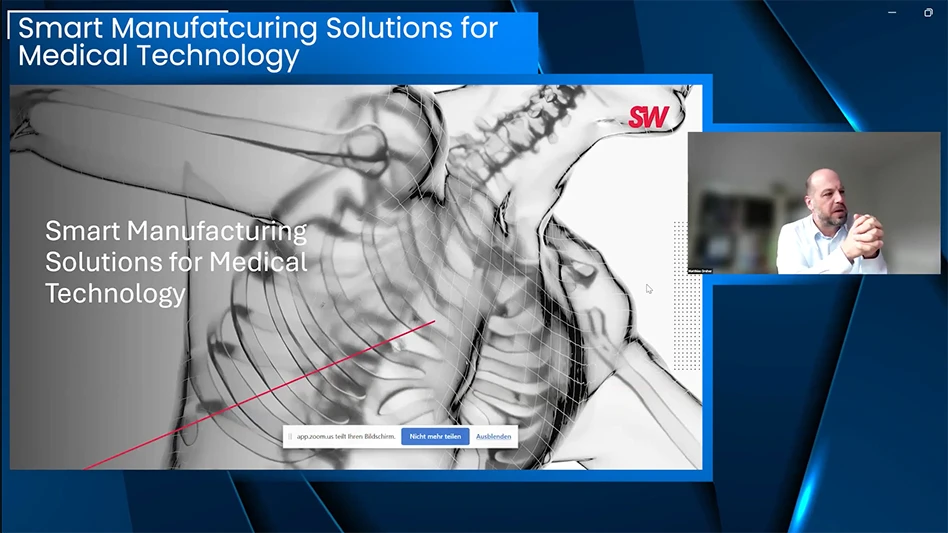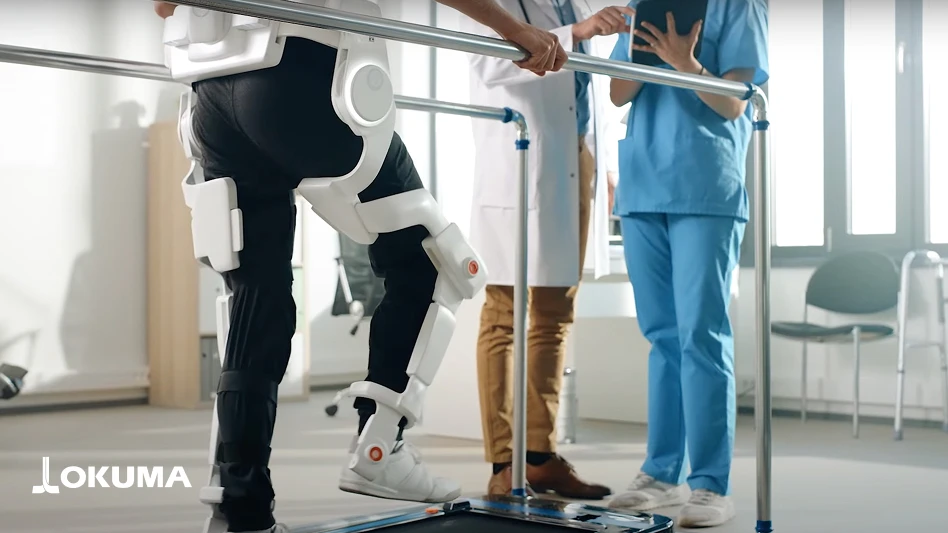
The implantable medical device WIMAGINE – which collects brain signals in the sensorimotor cortex emitted when an individual imagines moving – allows a tetraplegic patient movement by mentally controlling the exoskeleton.
A tetraplegic patient was able to walk and control both arms using a neuroprosthetic, which records, transmits, and decodes brain signals in real-time to control an exoskeleton. The results of a clinical study under the Brain Computer Interface (BCI) Project at Clinatec were published in The Lancet Neurology journal and provide proof of concept for controlling a four-limb exoskeleton. The system is driven via the long-term implant of a semi-invasive medical device to record brain activity developed at CEA in Grenoble. In the long term, this technology is expected to give greater mobility to individuals with severe motor disabilities.
Photo: (c) Juliette Treillet
Latest from Today's Medical Developments
- Localizing robotics: Yaskawa's commitment to American manufacturing
- OPEN MIND Technologies’ hyperMILL 2025 CAM software innovations, enhancements
- July Lunch + Learn with SW North America
- Stryker raises full-year guidance despite muted investor reaction
- Unlocking 3D vision: Basler AG launches Stereo ace camera series
- Lisa Anderson, supply chain & manufacturing expert, comments on the One Big Beautiful Act and its implications for US manufacturers
- Tooling and clamping solutions for optimum machining performance
- BGS US launches state-of-the-art E-Beam sterilization facility











